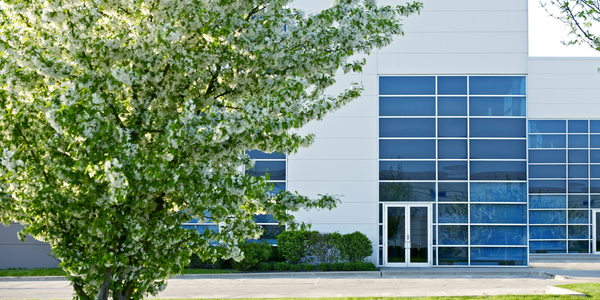Verdigris Technologies
Case Studies
AI-based Automation for Commercial Office HVAC: A Verdigris Case Study
Overview
 |
AI-based Automation for Commercial Office HVAC: A Verdigris Case StudyVerdigris Technologies |

|
Sensors - Environmental Sensors Sensors - Temperature Sensors | |
Buildings Cement | |
Facility Management Maintenance | |
Building Automation & Control Occupancy Monitoring | |
System Integration | |
Operational Impact
| The AI-based solution developed by Verdigris was able to significantly optimize the HVAC system of the Fortune 500 company's building. The solution was run with three parameter selections: optimizing for temperature stability, optimizing for occupant responsiveness, and a balance of both. All models indicated the potential to optimize the current HVAC systems. For instance, HVAC systems were found to operate at levels more than necessary to maintain a comfortable occupant environment during the weekends when occupancy is minimal. Under Verdigris AI-optimized HVAC operations, compliance with comfort objectives increased to 100% for both the stable temperature and balance objective scenarios. In an occupant responsiveness optimization scenario, there were some time intervals during which the temperature may fall outside comfort zone guidelines, but all of those occurred during times the AI engine forecasts little to no occupancy. | |
Quantitative Benefit
| Persistent automated HVAC energy savings up to 18.7% | |
| Persistent automated HVAC cost savings 22.7-33.7%, depending on optimization criteria | |
| Increase from 4.5% of “occupied hours” within ASHRAE 55 standard to a persistent automated 100% of time within optimal productivity performance | |


